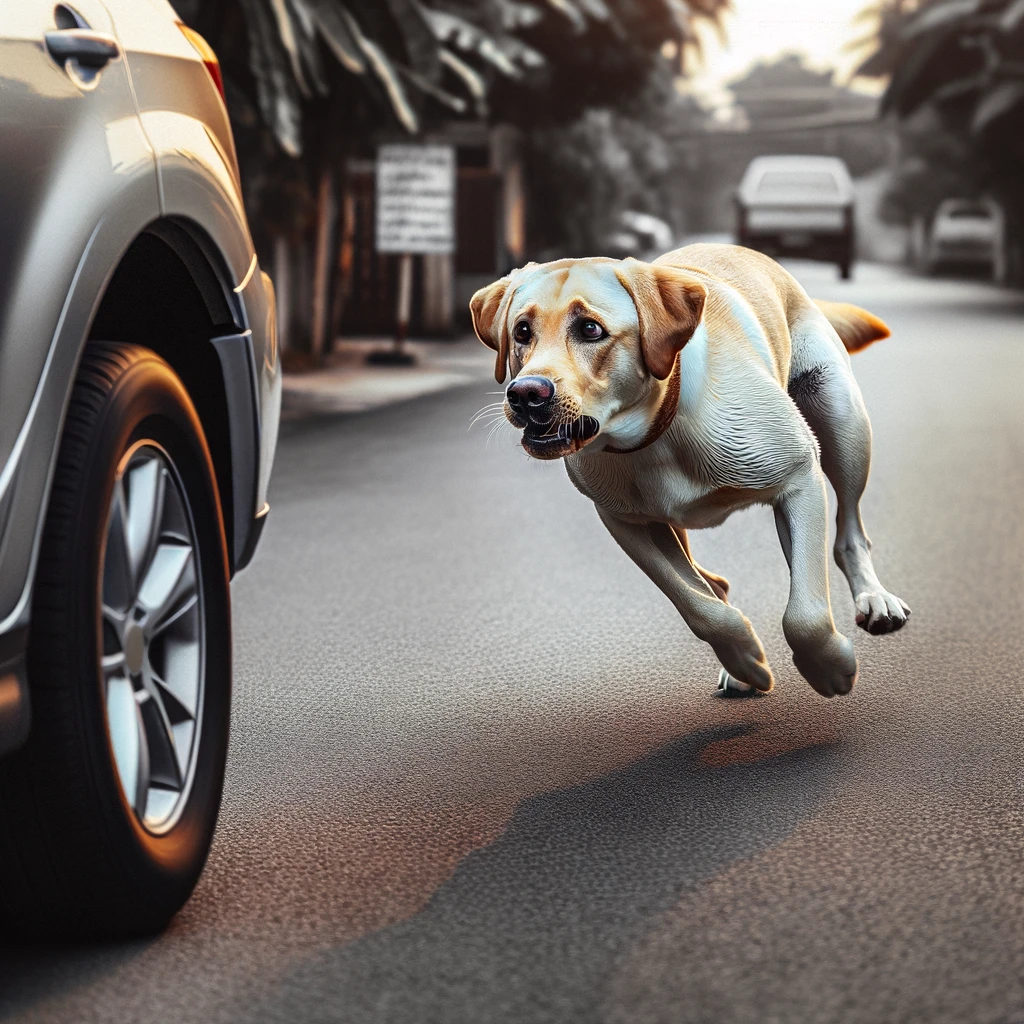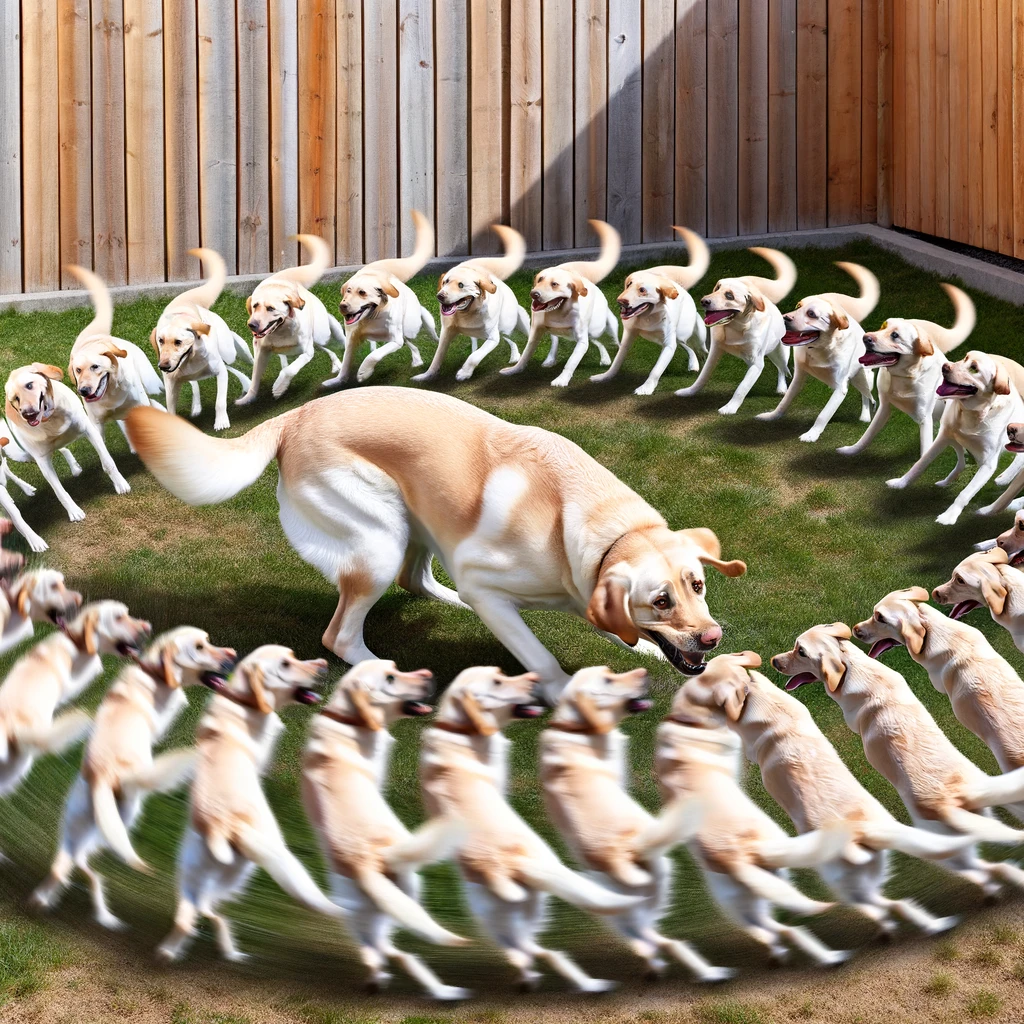Hey, Labrador lovers! 🐾 Are you noticing some unusual behaviors in your furry friend? Sometimes, these behaviors can be signs of underlying issues.
Today, I’ll guide you through 9 Dangerous Behavioral Signs in Labradors: What They Mean, and what you can do about them. Let’s ensure our beloved Labs lead the healthiest and happiest lives possible!

| 🚩 Behavioral Sign | Description | Possible Causes |
|---|---|---|
| 🐕 Excessive Aggression | Growling, snapping, biting without provocation | Pain, fear, poor socialization, territoriality |
| 🗣 Constant Whining or Barking | Whining or barking more than usual | Distress, anxiety, boredom |
| 🐾 Destructive Chewing | Chewing destructively on furniture, shoes | Anxiety, lack of exercise |
| 🍖 Sudden Food Aggression | Growling or snapping when approached while eating | Anxiety, past neglect, competition |
| 🏃 Unprovoked Chasing | Chasing cars, animals, or children without triggers | Predatory instincts, lack of training |
| 🚶 Extreme Shyness or Withdrawal | Withdrawing from interaction, showing unusual shyness | Trauma, fear, illness |
| 🔁 Repetitive Behaviors | Tail chasing, licking, paw chewing obsessively | Anxiety, stress, health issues |
| 😨 Sudden Fear of Familiar People or Places | Becoming fearful of familiar people or places | Negative experiences, sensory decline |
| ⚡ Unusual Restlessness or Hyperactivity | Inability to settle, pacing, acting hyperactively | Anxiety, lack of exercise, medical problems |
🚩 1. Excessive Aggression
What It Looks Like:
Aggression in Labradors can manifest as growling, snarling, snapping, or biting. While it’s normal for dogs to display some protective behavior, excessive aggression, especially without clear provocation, is a red flag.
What It Might Mean:
This behavior can stem from pain, fear, territoriality, or even poor socialization. It’s crucial to address aggression early to prevent it from becoming a more significant issue.

🚩 2. Constant Whining or Barking
What It Looks Like:
If your Labrador is whining or barking more than usual, take note. Occasional vocalizations are normal, but constant noise is not.
What It Might Mean:
Persistent whining or barking can indicate distress, anxiety, or boredom. Identifying the cause is key to soothing your pet’s nerves.

🚩 3. Destructive Chewing
What It Looks Like:
Chewing is natural for dogs, especially puppies, but destructiveness towards furniture, shoes, or other household items is concerning.
What It Might Mean:
This behavior often points to anxiety or lack of exercise. Labradors need physical and mental stimulation; without it, they can turn to destructive behaviors.

🚩 4. Sudden Food Aggression
What It Looks Like:
Food aggression can appear as growling over food, snapping when someone approaches their food, or guarding their food bowl aggressively.
What It Might Mean:
This behavior may develop from anxiety, past neglect, or competition in multi-pet households. It’s important to address this to prevent potential injuries and ensure peaceful meal times.

🚩 5. Unprovoked Chasing
What It Looks Like:
A Labrador that suddenly starts chasing cars, animals, or even children without obvious triggers can pose a serious safety risk.
What It Might Mean:
This may be due to predatory instincts or lack of training. Immediate intervention is crucial to prevent accidents and improve control.

🚩 6. Extreme Shyness or Withdrawal
What It Looks Like:
If your Labrador starts to withdraw from interaction or shows unusual shyness, this can be a sign of discomfort.
What It Might Mean:
This behavior could be triggered by past trauma, fear, or even illness. Consulting a veterinarian or a behaviorist can help uncover underlying issues.

🚩 7. Repetitive Behaviors
What It Looks Like:
Repetitive behaviors can include excessive tail chasing, licking, or paw chewing. These behaviors can become obsessive-compulsive disorders if not addressed.
What It Might Mean:
Often, these behaviors suggest anxiety or stress. In some cases, they can also indicate health problems, such as allergies or neurological issues.

🚩 8. Sudden Fear of Familiar People or Places
What It Looks Like:
A Labrador that suddenly becomes fearful of places or people they once were comfortable with can indicate a problem.
What It Might Mean:
This sudden fear can result from a negative experience or sensory decline, such as hearing loss. Understanding and patience are vital as you work to build their confidence.

🚩 9. Unusual Restlessness or Hyperactivity
What It Looks Like:
If your Labrador is unable to settle down, paces frequently, or acts hyperactively, these are signs of distress.
What It Might Mean:
Restlessness and hyperactivity can stem from various issues, including separation anxiety, lack of exercise, or medical problems. Addressing these factors is essential for their wellbeing.

Conclusion : 9 Dangerous Behavioral Signs in Labradors: What They Mean
Each of these behaviors may require a different approach, ranging from medical intervention to behavior modification or increased physical activity. If you’re unsure about your dog’s behavior, consult with a professional trainer or a vet. Remember, understanding and swiftly addressing these signs can help ensure your Labrador’s long-term health and happiness.
For more detailed guidance, visit reliable resources like the American Kennel Club (AKC) or the Association of Professional Dog Trainers (APDT). They offer extensive information and advice on managing behavioral issues in dogs.
